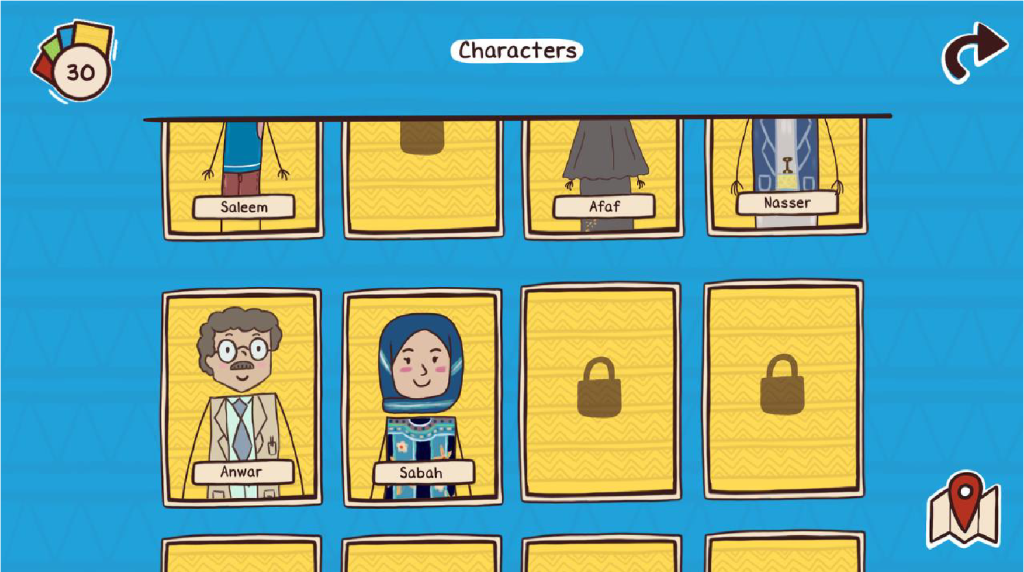Introduction
Game development is a multifaceted and dynamic field that combines creativity, technology, and passion to create immersive digital experiences. Whether you’re a seasoned developer or just starting out on your game development journey, this blog will take you on a deep dive into the world of game development, exploring its various aspects, challenges, and the magic that makes it all come together.
- The Creative Process Game development begins with an idea, a concept that ignites the creative process. This idea can come from anywhere – a dream, a book, a movie, or even everyday life. Once you have your concept, it’s time to start fleshing it out. This involves designing the game mechanics, characters, storylines, and world-building. It’s where imagination truly takes flight, and the possibilities are endless.
- Coding and Programming At the heart of every game is its code. Game developers use programming languages like C++, C#, and Python to bring their ideas to life. They create the rules, physics, and interactions that define the gameplay. This phase is where the magic happens, turning lines of code into a playable experience.
- Art and Design Games are a visual medium, and their aesthetics play a crucial role in their success. Artists and designers work tirelessly to create stunning visuals, from character designs to intricate landscapes. They use tools like Photoshop, 3D modeling software, and animation tools to make the game world captivating and visually appealing.
- Sound and Music Sound design and music are often underestimated aspects of game development. They add depth and atmosphere to the game, enhancing the player’s immersion. Audio engineers and composers craft the soundscape, ensuring that every footstep, explosion, or musical score is in harmony with the game’s narrative and mechanics.
- Testing and Quality Assurance Before a game is released to the public, it undergoes rigorous testing. Quality assurance testers play the game repeatedly, identifying and reporting bugs, glitches, and gameplay issues. This iterative process is essential to ensure a polished and enjoyable final product.
- Publishing and Distribution Once the game is complete, it’s time to bring it to the world. Game developers often work with publishers or self-publish their games on platforms like Steam, the App Store, or console marketplaces. Marketing and distribution strategies are crucial to getting the game into the hands of players.
- Community and Updates Game development doesn’t end with the release. Developers often engage with their player communities, gather feedback, and release updates to improve the game. This ongoing relationship between developers and players is essential for maintaining a successful and long-lasting game.
- Emerging Technologies Game development is constantly evolving, driven by advancements in technology. Virtual reality (VR), augmented reality (AR), and cloud gaming are changing the way we play and create games. Staying up-to-date with these technologies is essential for developers looking to push the boundaries of gaming.
- Challenges and Pitfalls Game development is not without its challenges. Tight deadlines, budget constraints, and the unpredictability of player preferences can pose significant hurdles. However, overcoming these challenges is part of what makes game development such a rewarding endeavor.
- Conclusion
Game development is an art form that marries creativity, technology, and dedication. It’s a field that continues to push the boundaries of what’s possible in digital entertainment. Whether you’re an aspiring developer or an avid gamer, understanding the intricacies of game development can deepen your appreciation for the games you love and inspire you to explore this exciting world further. So, whether you’re crafting the next epic adventure or embarking on a quest of your own, remember that game development is both an art and a science, where imagination knows no bounds.
